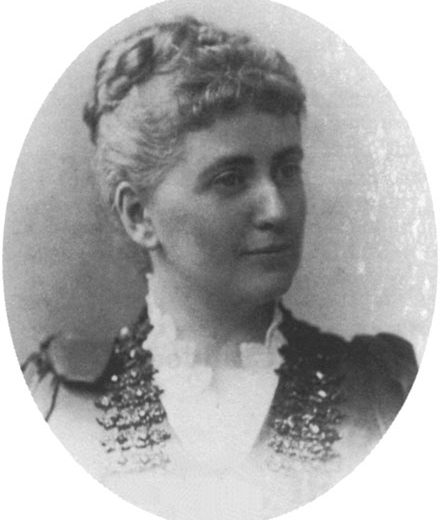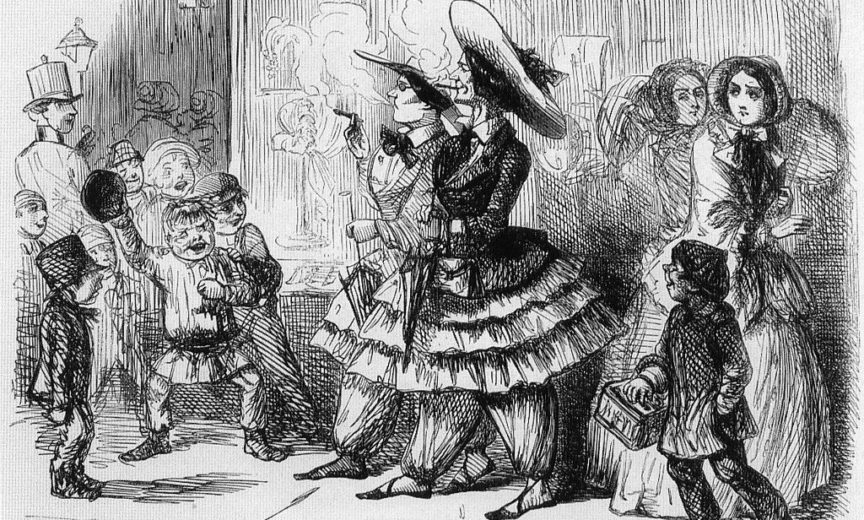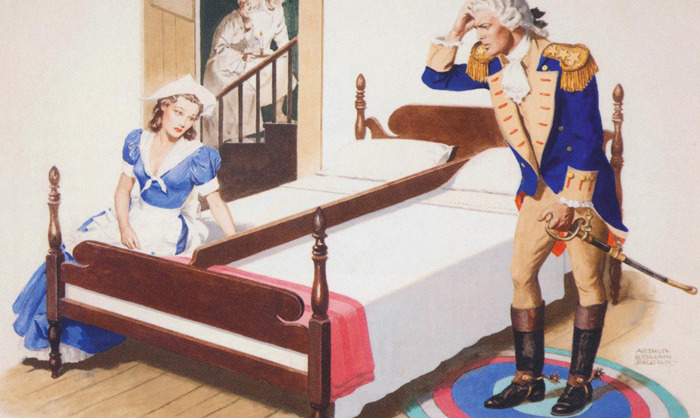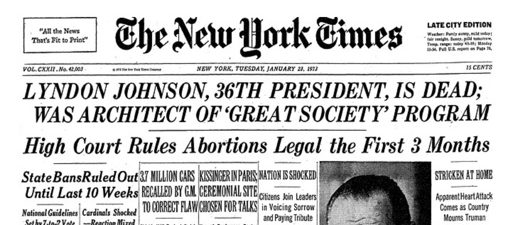I’ve always found it interesting that May is an awareness month for both mental health and masturbation. I’m not sure if the people who scheduled this knew the connection between the two other than they both start with “M.”
Today, we know that masturbation has mental health benefits but that was not always so. Masturbation’s reputation has had its ups and downs over the course of human existence. Depending on the time period and the culture, it can be either a positive or negative thing. Unfortunately, Western society had many periods with an unfavorable opinion of masturbation mostly spurred by religious fervor. I first touched on the problems thought to have stemmed from self-pleasure with articles about Onanism, Sylvester Graham, John Harvey Kellogg, and anti-masturbation devices.
Onanism is the belief rooted in a bible story about Onan. Onan wasted his seed upon the ground instead of impregnating his late brother’s wife, as he was ordered to do. This myth was distorted over time to include not only the use of the withdrawal method as birth control but any emission including masturbation. Books like Onania: or the Heinous Sin of Self Pollution (1710) by Anonymous, Onania: Examined and Detected (1723) by Philo-Castitatus, and L’Onanisme, a Treatise Upon the Disorder Produced By Masturbation (1758) by Samuel-August Tissot, touch on this imagined health crisis.
The authors used their limited knowledge of how the body and mind react to masturbation, and limited understanding of the body and mind in general, to link a wide array of illnesses to masturbation. They thought that the excessive stimulation from masturbation affected mental health causing insanity. This idea grew in popularity during the 19th century. In 1816, Jean-Etienne Dominique Esquirol mentioned in his Maladies Mentales “Masturbation is recognized in all countries as a common cause of insanity.” In 1845, RJ Brodie and Co. released their ridiculously long titled book commonly truncated down to The Secret Companion, A Medical Work on Onanism or Self-Pollution which states due to “the loss of too much semen from masturbation… the ideas are confused and frequently insanity is the result.”
In 1842, Dr. Alfred Hitchcock, not the rotund director but the 19th Century doctor, wrote about his conclusions in the Boston Surgical Journal titled Insanity and Death From Masturbation. Hitchcock states, “Within ten years a number of fatal cases have fallen under my observation, where death was clearly traceable to that cause alone.” He describes meeting a man who had taken ill and recently had an epileptic episode. He then started exhibiting symptoms of insanity. Upon their meeting, Dr. Hitchcock describes a long list of maladies. Since Dr. Hitchcock found his pulse wasn’t sharp, his chest gave health sounds, and no “viscous” was seriously affected that he could easily conclude that masturbation was the cause.
By the mid-1800s, most doctors and psychiatrists were on the masturbation leads to insanity bandwagon. Professor Henry Maudsley coined the phrase “Masturbatory Insanity” in 1868 and wrote, “Self-abuse is the cause of a particular disagreeable form of insanity.” He wrote in his book Physiology and Pathology of the Mind (1880) “Self Abuse is a cause of insanity which appears more frequent or more effective in men than in women.” The book lists many people with maladies, a few of which include self-abuse.
Joseph W Howe published Excessive Venery, Masturbation, and Continence in 1887. He wrote, “Insanity, however, is liable to occur, as a direct result of onanism or sexual excess, without the development of either of the above mentioned affections.” (Epilepsy and pathophobia were those affections he mentioned) Howe also relates a story about a man who masturbated himself into insanity and an early grave.
Dr. David Skae lists “Insanity of Masturbation” in his A Rational and Practical Classification of Insanity (1863). Skae defines Masturbatory Insanity as “A separate nosological disease caused exclusively by masturbation with characteristic features.” Even John Harvey Kellogg of Corn Flakes fame wrote in his Plain Facts For Old and Young (1881) that “The solitary vice is one of the most common cause of insanity is a fact too well established to need demonstration here.”
Many books and articles dedicated to the subject in the last half of the 1800s. Ellen White, along with other authors, had their opinions published in 1870 as A Solemn Appeal. Relative to a Solitary Vice, and Abuses and Excesses of the Marriage Relation (so many long winded titles!) edited by Ellen’s husband, James Springer White. Dr. Allen Hagenbach wrote, Masturbation as a Cause of Insanity published in 1879. In 1887, Edward Spitzka published Cases of Masturbation (Masturbation Insanity) He wrote, “Excessive venery and masturbation have from time immemorial been supposed to exert a deleterious influence on the nervous system and may provoke insanity partly through their weakening effect on the moral nutrition.”
There are medical reports from mental hospitals in Europe and US that list masturbation as a symptom or note having seen patients masturbate openly. The 1890 annual report for the Dunning Asylum in Chicago listed masturbation as a common cause of insanity in male patients. Early medical professionals were quick to believe that people who were masturbating and having similar symptoms that masturbation was the cause.
The list of symptoms their patients exhibited could have been diagnosed today as a wide variety of illnesses from schizophrenia to diabetes to cancer. The masturbatory habits of the mentally ill housed in these horrific asylums were not the end result of the path to venereal sin. It was more likely that some of these patients lacked impulse control or were merely the frustratingly institutionalized enjoying one of the few outlets of pleasure they had.
Unfortunately, the mental health link to masturbation meant that lots of time and energy were taken to dissuade people from practicing self-pleasure. Many of the books and guest lectures recommended ways to keep people’s hands off themselves. It helped fuel health-related industries like Sylvester Graham’s cracker, John Harvey Kellogg’s Sanatorium, and those scary anti-masturbation products. When people didn’t respond to the threat of enfeeblement, disease, or death, they could be subjected to cruel anti-masturbation techniques such as suturing the foreskin, penile cauterization, and clitorectomies.
The masturbation/insanity connection waned after the turn of the century. You could still find doctors writing about it, like Dr. William Malamud who published the article The Role of Masturbation in the Causation of Mental Disturbances in The Journal of Nervous and Mental Disease in 1932. By the mid 20th century, the medical community learned much more about the mind and body. There was also a greater understanding of human sexuality thanks to the works of people like Alfred Kinsey, William Masters, and Virginia Johnson.
We also became more honest and open about sex. When you find a majority of people masturbates, and that it’s perfectly normal, the idea that it can cause illness loses its grip. If everyone who masturbates went insane, there wouldn’t be enough asylums to house them. While there are factions that still think masturbation is bad for you, modern science has helped to eradicate the idea from mainstream thought.



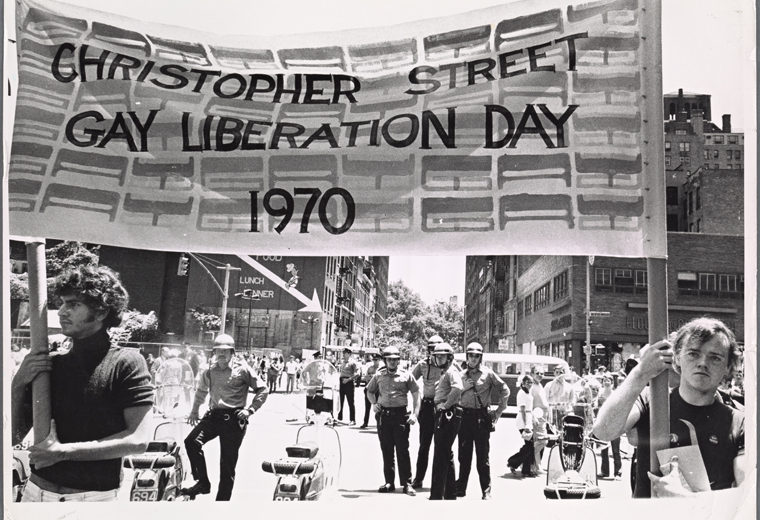

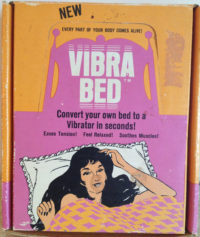 “relaxing” time in bed made me wonder about the Vibra Bed’s intended use. I found two versions; the first has a late 60’s illustration then another with an early 70’s photo. In the box, you find a mid-sized square device you can attach to the bed to replicate those vibrating “magic finger” motel beds. Because everyone goes home from that no-tell motel going “Gosh I wish I had that vibrating bed action at home!” (Well, maybe a few did. Who am I to yuck somebody’s yum)
“relaxing” time in bed made me wonder about the Vibra Bed’s intended use. I found two versions; the first has a late 60’s illustration then another with an early 70’s photo. In the box, you find a mid-sized square device you can attach to the bed to replicate those vibrating “magic finger” motel beds. Because everyone goes home from that no-tell motel going “Gosh I wish I had that vibrating bed action at home!” (Well, maybe a few did. Who am I to yuck somebody’s yum)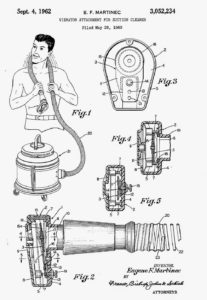 Another interesting find is the Filter Queen Vibrator by Health-Mor Inc. Filter Queen is known for its canister style vacuum cleaners. They carry a wide assortment of accessories including an attachment that turns your vacuum into a vibrator. The box shows how the hose vibrates and recommended use on various parts of the body. The attachment was invented by Eugene F. Martinec, vice president of manufacturing and inventor of many accessories for Health-Mor, and patented in 1962. At $14.50, this accessory is quite expensive, about $115 today. This price makes it more than twice the price of a Magic Wand and not as exciting. It looks like it came as part of an entire filter queen kit sold door to door, so may not have been purchased separately very often. Filter Queen is still in existence today, but no longer sells the attachment. Although an authorized dealer in Canada still offers the vibrator on their website.
Another interesting find is the Filter Queen Vibrator by Health-Mor Inc. Filter Queen is known for its canister style vacuum cleaners. They carry a wide assortment of accessories including an attachment that turns your vacuum into a vibrator. The box shows how the hose vibrates and recommended use on various parts of the body. The attachment was invented by Eugene F. Martinec, vice president of manufacturing and inventor of many accessories for Health-Mor, and patented in 1962. At $14.50, this accessory is quite expensive, about $115 today. This price makes it more than twice the price of a Magic Wand and not as exciting. It looks like it came as part of an entire filter queen kit sold door to door, so may not have been purchased separately very often. Filter Queen is still in existence today, but no longer sells the attachment. Although an authorized dealer in Canada still offers the vibrator on their website.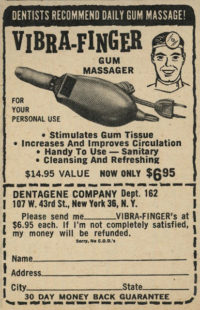 massager comes shaped like a rather realistic looking finger. Apparently, dentists highly recommended gum massage to combat Pyorrhea or soft irritated gums. It cost $6.95, had a 30-day money back guarantee, and a one year warranty. The instruction booklet recommends a 60-second massage after brushing your teeth and lets you know you can purchase replacement fingers for a $1 each. I’m not sure why these fingers had to look so disturbingly life-like, it doesn’t seem necessary to perform the cleansing and refreshing massage
massager comes shaped like a rather realistic looking finger. Apparently, dentists highly recommended gum massage to combat Pyorrhea or soft irritated gums. It cost $6.95, had a 30-day money back guarantee, and a one year warranty. The instruction booklet recommends a 60-second massage after brushing your teeth and lets you know you can purchase replacement fingers for a $1 each. I’m not sure why these fingers had to look so disturbingly life-like, it doesn’t seem necessary to perform the cleansing and refreshing massage
